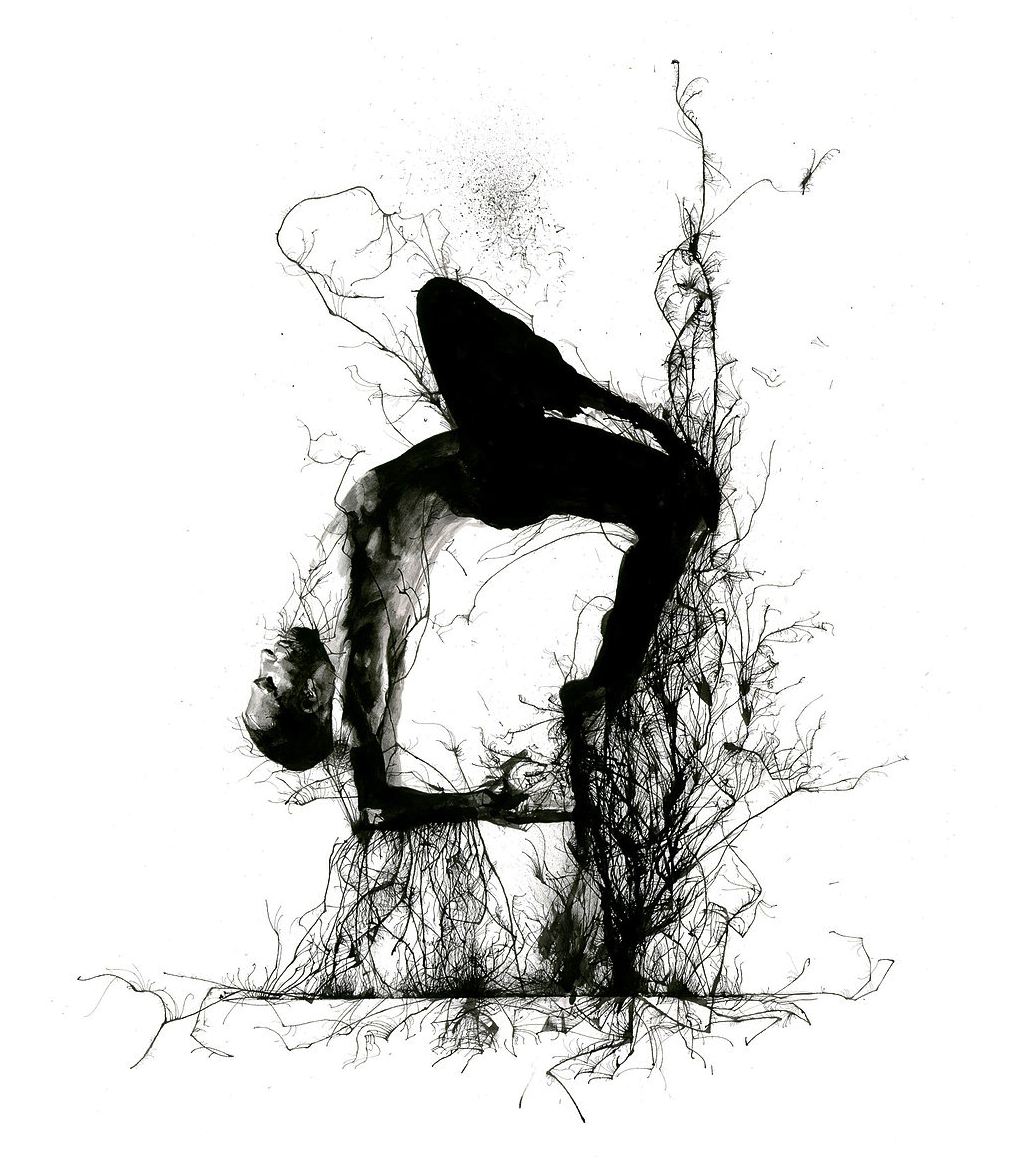Scott Tetlow
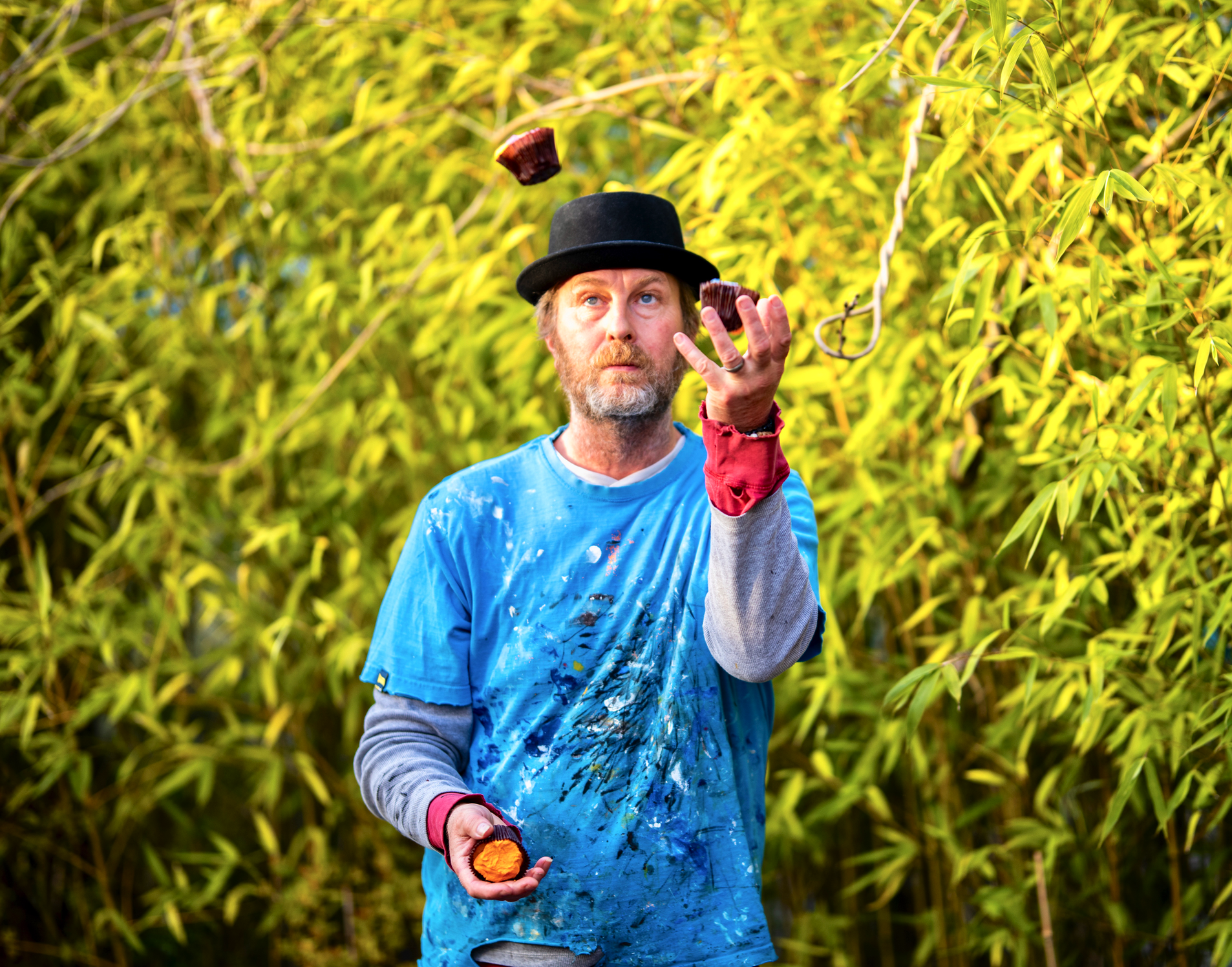
There is something animated about Scott’s artworks, although not in the obvious sense, in as such they relay movement with a life-like quality to them, through shapes that swirl and curve in what appears as one simple black continuous line. Yet the dance of a black dot leaping into life, as the ink walks, runs, leaps and swoops across a blank white page; creating a narrative that emphasises the uniqueness of that vibrant personality, that stares out and off the page. Whether it’s a horse leaping out of nowhere, or the depth of a person’s emotions, or simply a chimp, holding a banana. This purposeful style of Scott’s art is deliberate, with years of practice to create these expressive, highly charged and emotive complex characters, even those which incorporate his laterally charged Mancunian wit. That extraordinary dry “lets get on with it” wry humour from the north of England, combined with Scott’s skills in Taiwanese Calligraphy. He studied this art form in the city of Taipei and he explains how difficult and disciplined this art form actually is, to create what appears as flowing in movement. The combination of understanding the skill behind the lines, is a discipline based on practice, much like watching a ballerina or the dancer on ice, that gracefully swerves and glides looking effortless and fluid, as it brings a character to life.
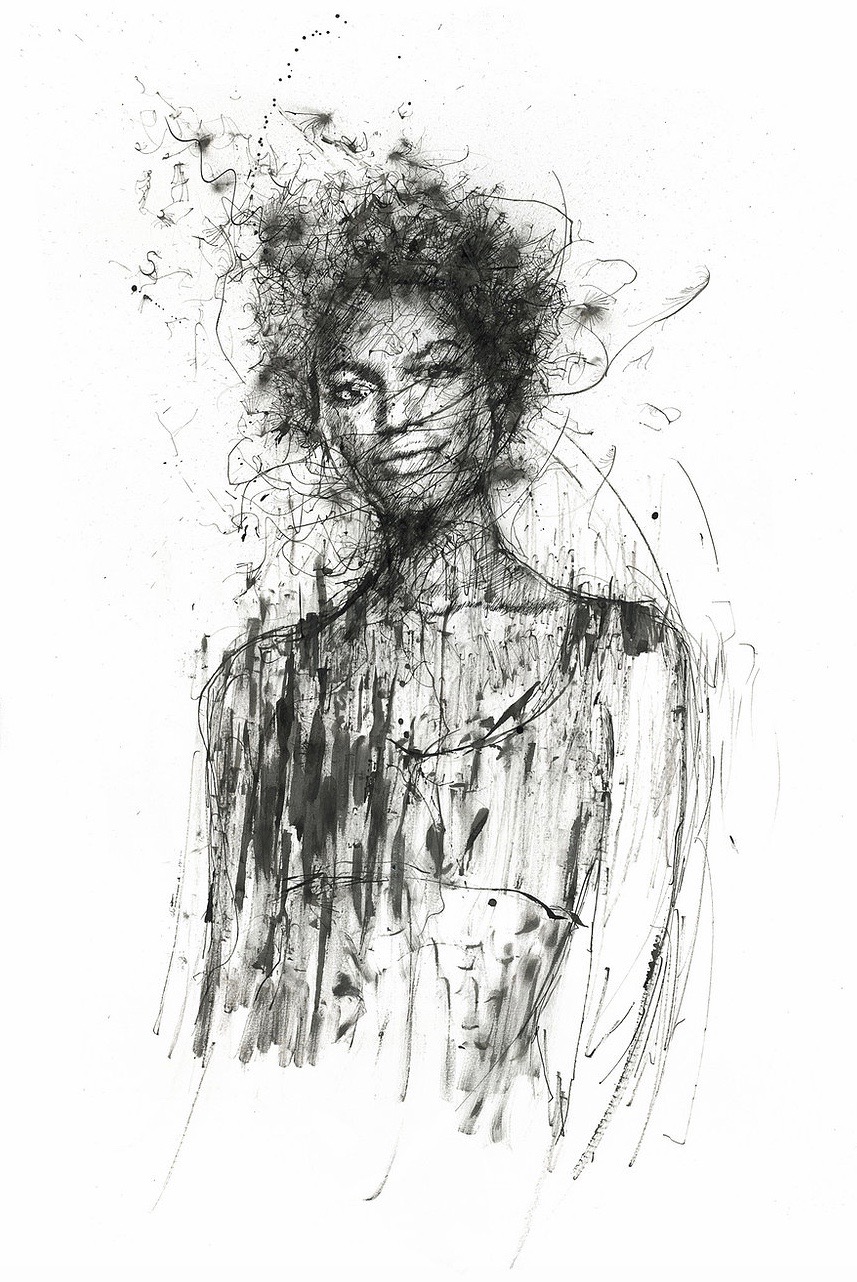
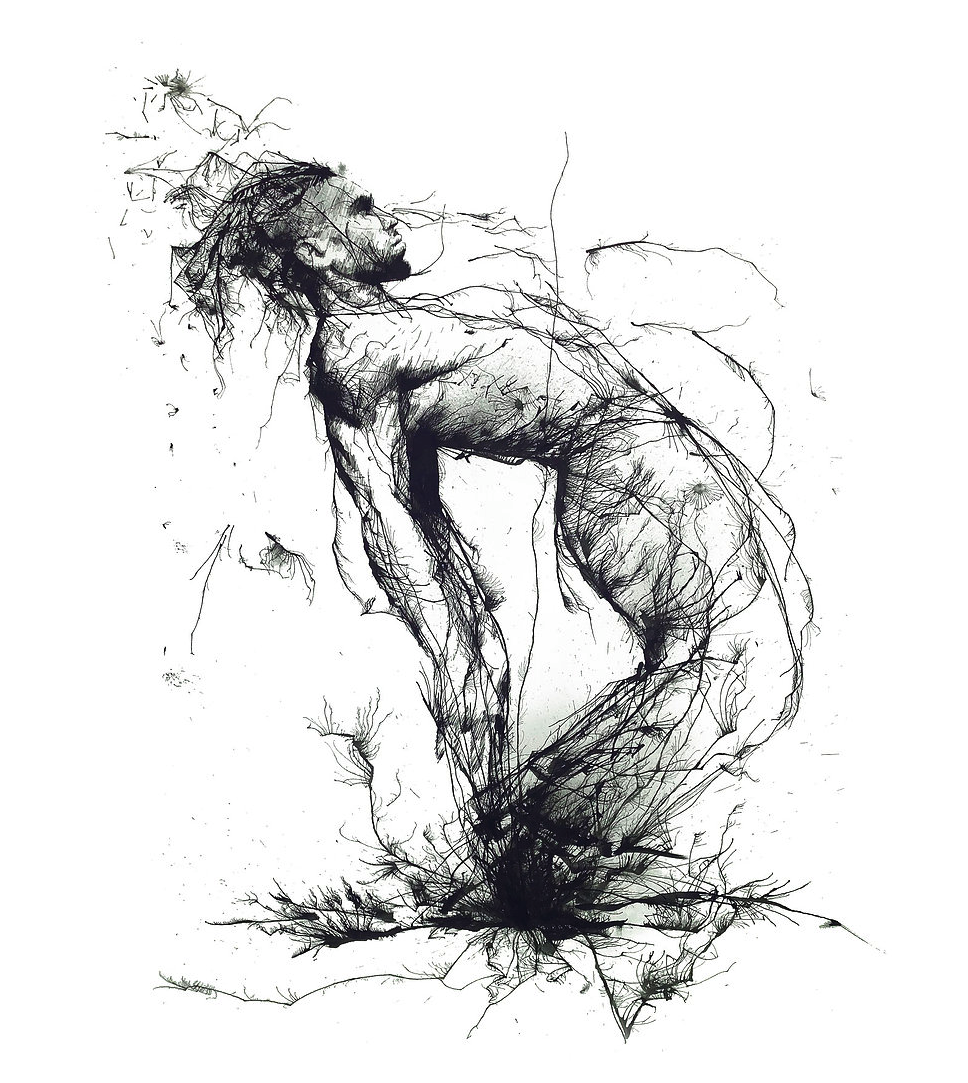
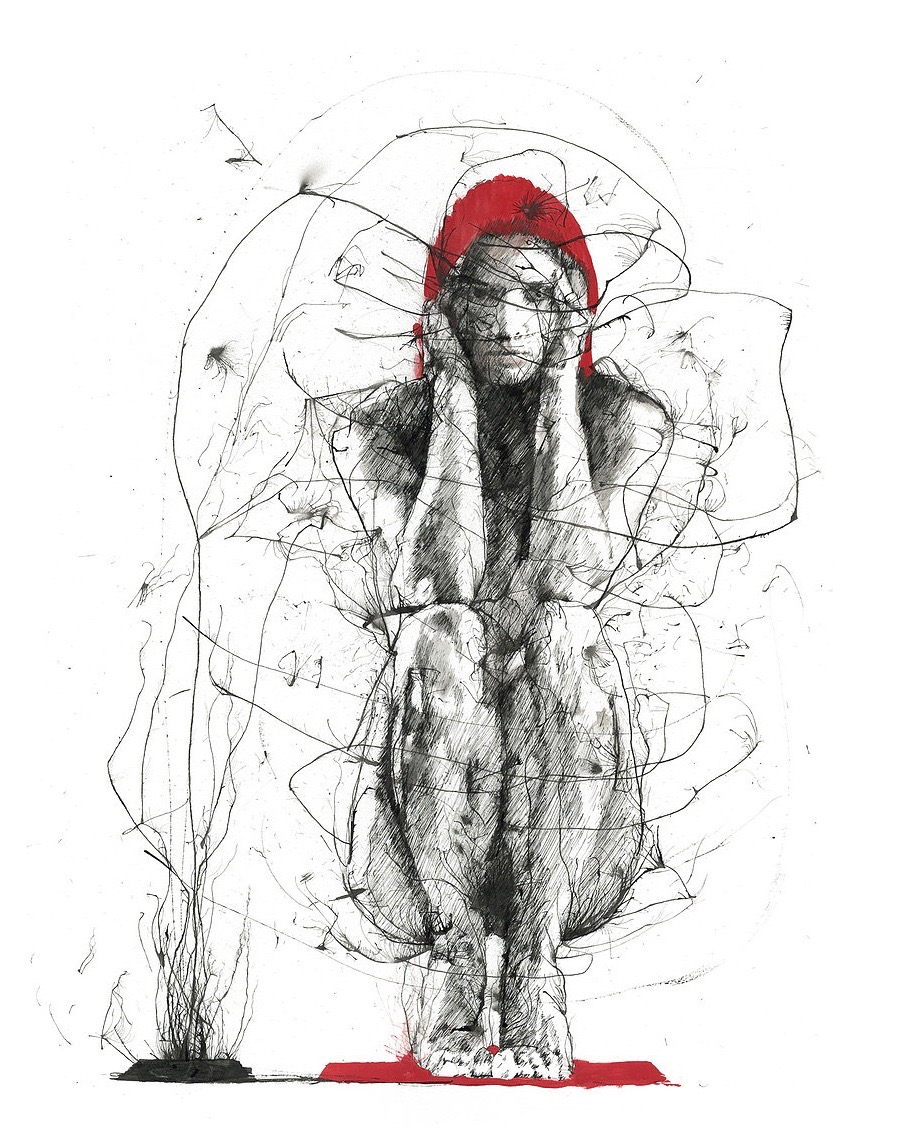
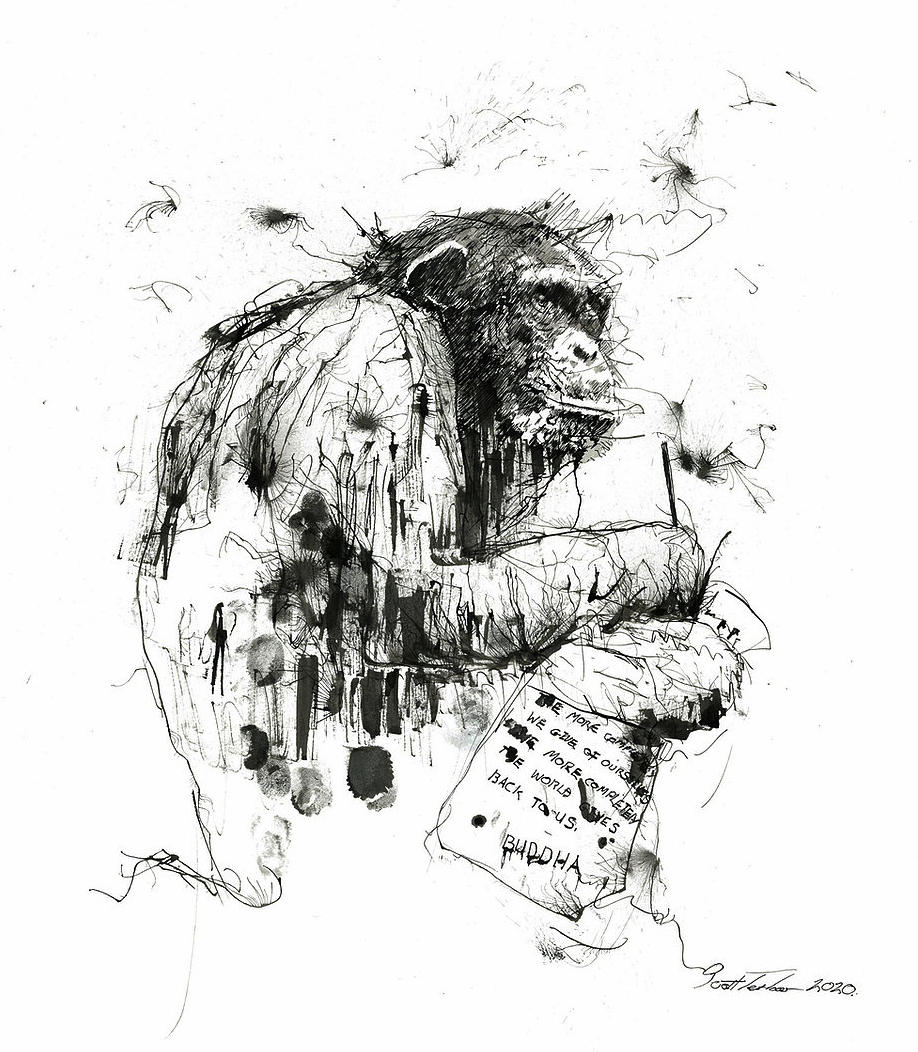
In contrast his portraits painted on canvas reveal the same intense characters, almost haunted souls. They imbue a sense of feeling ourselves. Scott mentions a book, that he describes as his bible, The Brutality of Fact, the honesty and candour with artist Francis Bacon in an interview with art critic David Sylvester, Bacon says in one of these interviews “I want a very ordered image, but I want it to come about by chance” Scott explains how the book made him understand and learn to paint, looking at narratives and that when you get up close it looks mad. These are Scott’s influences, as he discusses the School of London, the artists such as Auerbach, Bacon and Freud, however it is Rembrandt’s work that he describes as his main influence. This is relevant as Scott’s recent works, are more of a rebirth of himself as an artist.
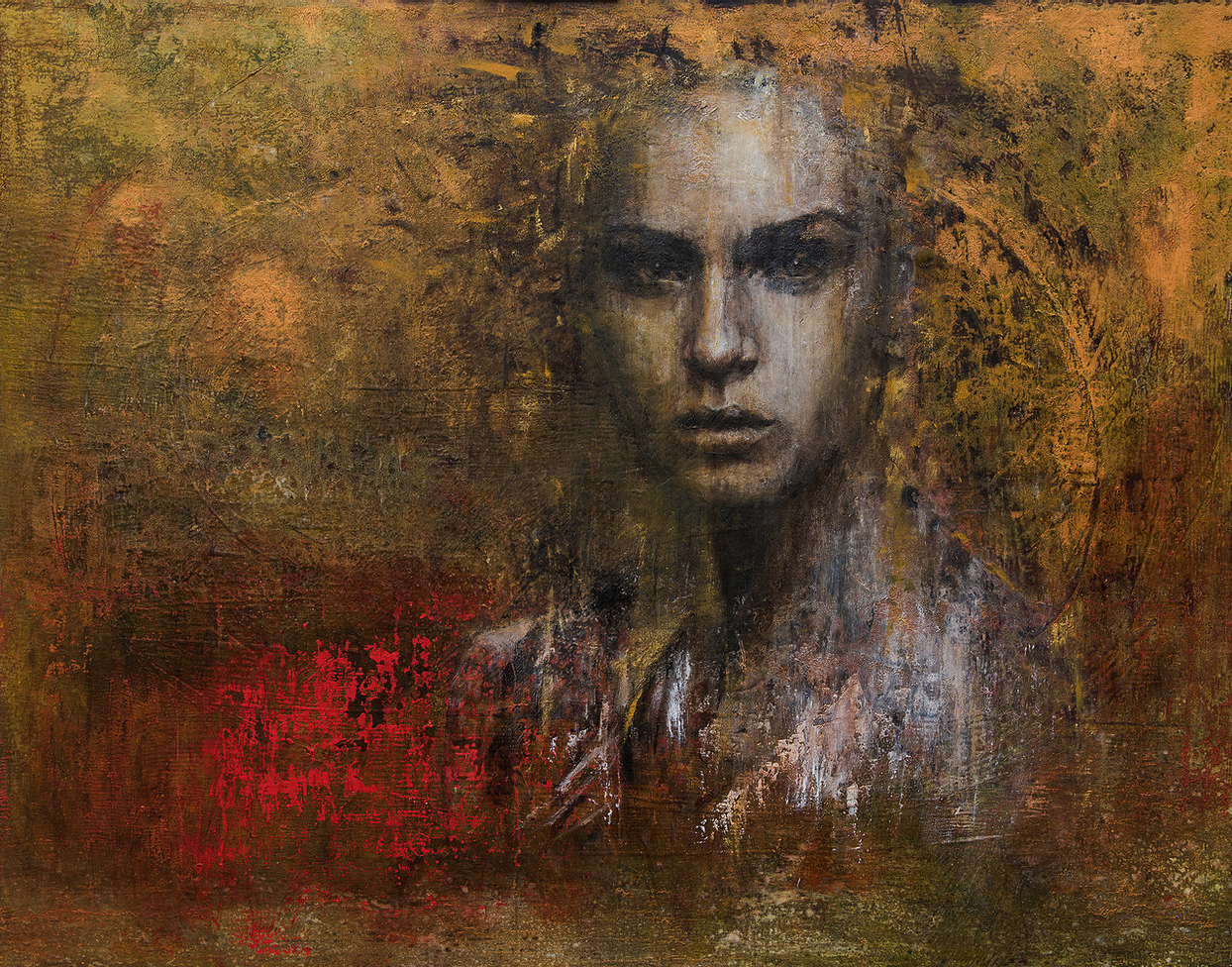
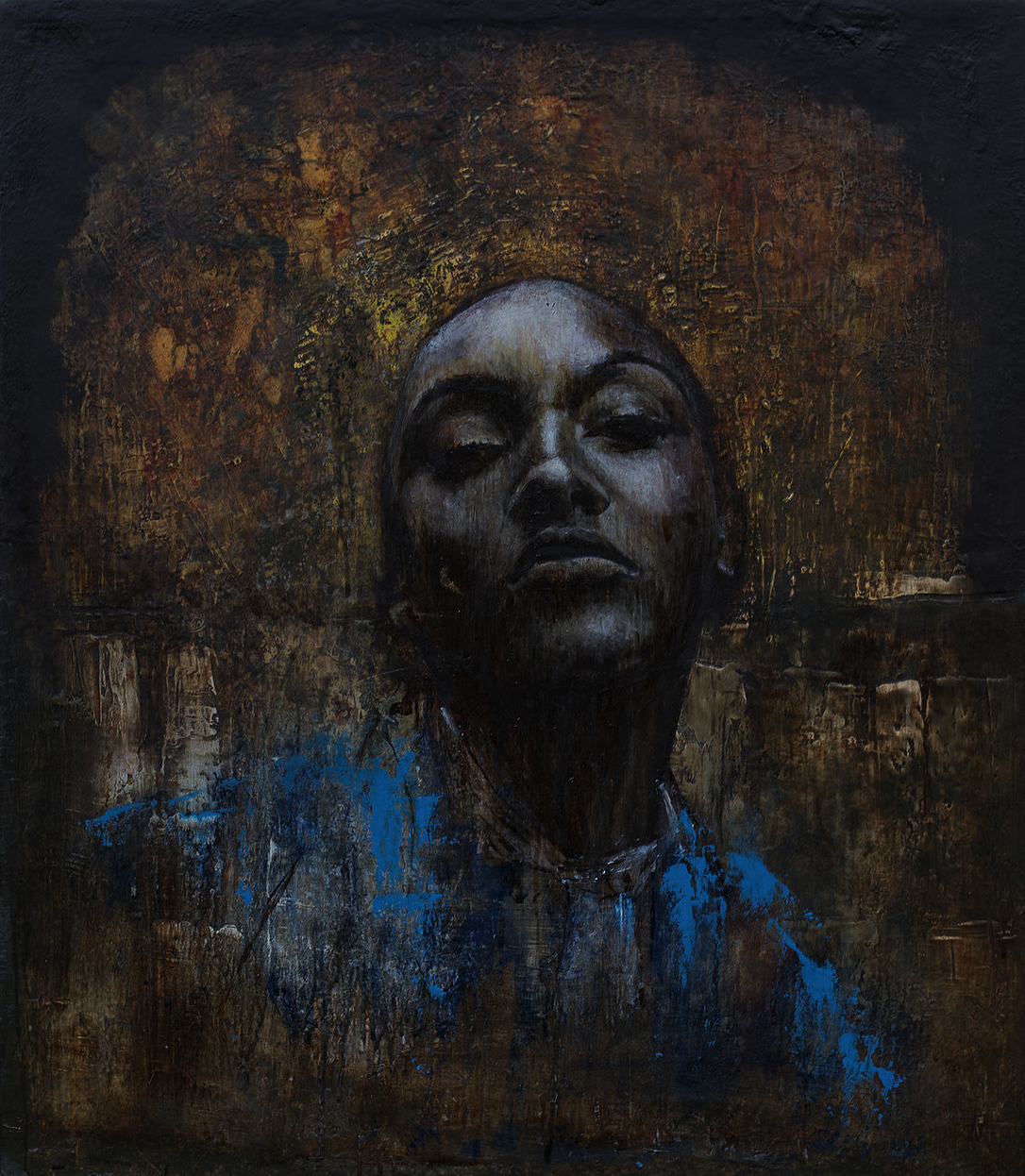
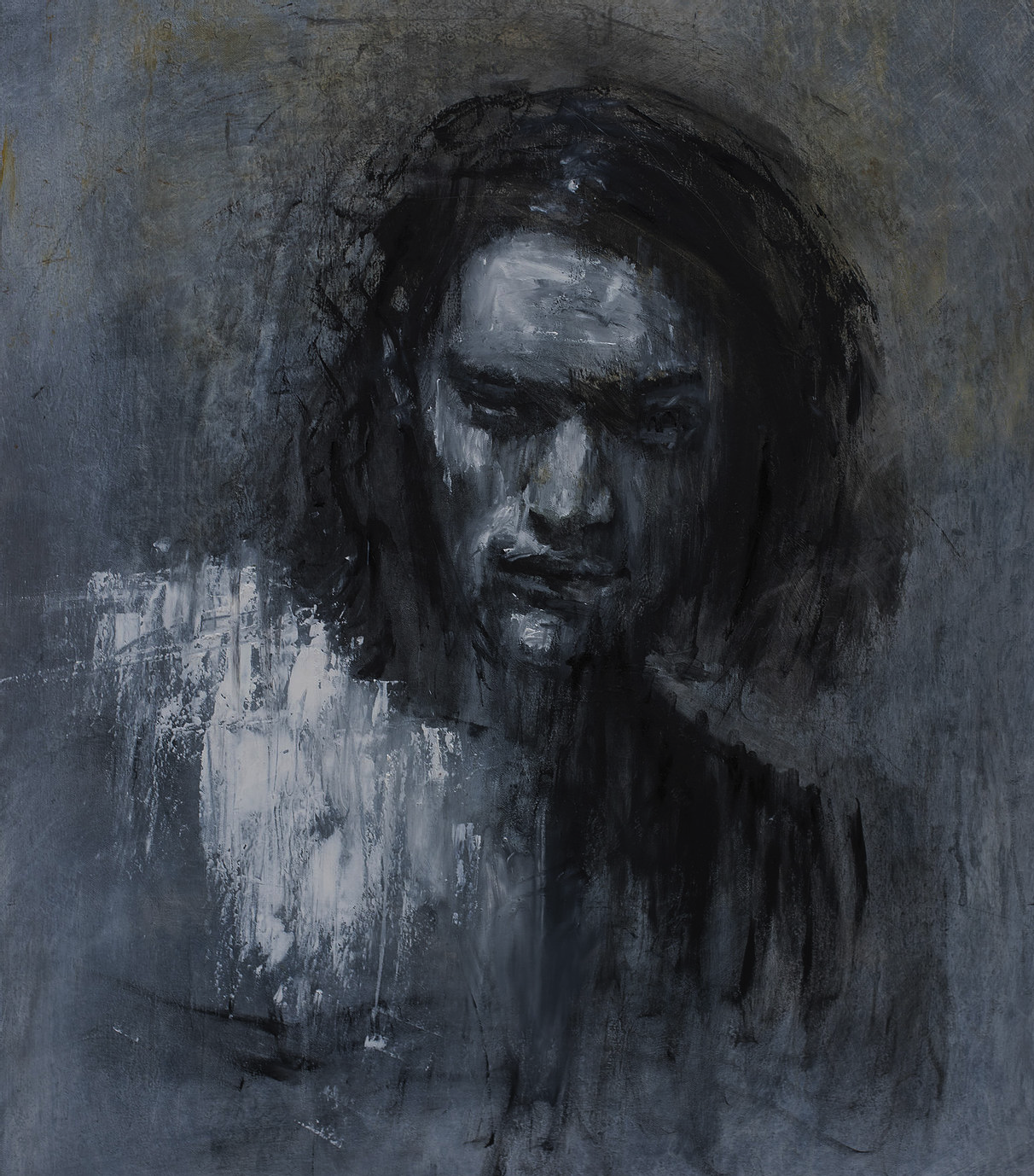
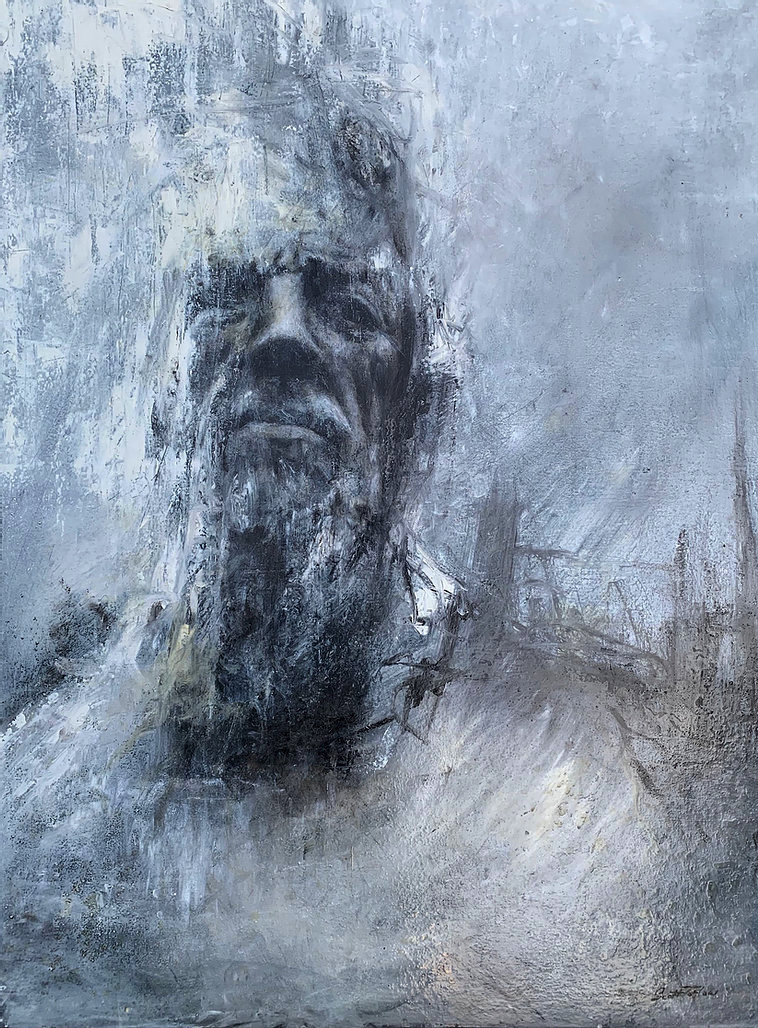
Scott was born and raised in Rochdale, in the suburbs of Manchester. He describes the city as always being a fascinating cultural hub. However he feels in terms of schooling it didn’t offer him much as a boy. He explains how he didn’t feel motivated to attend school, bunking classes and finishing his schooling with no qualifications. As a 17 year old teenager, he started working for musicians, setting up equipment and working as a sound engineer for bands on tour. He recalls scribbling sketches on beer mats of punks, the artists performing on stage and designing album covers. Customers and musicians observing his natural talent, suggesting he take his sketches to the local college. He was immediately offered a place and started an art foundation course, for one year before embarking on a fine art degree at Cheltenham University. After graduating he was already working as a professional, along with surfing, teaching at the local art foundation college and working for years as an artist on commissions, as well as creating advertising artworks for bands and music venues. However a calamitous event 16 years ago, when Scott watched his work literally go up in smoke, his art studio burnt down in front of his eyes. The trauma led to him to give up his art altogether and not pick up a pen or brush for another 10 years. Giving up his life as an artist and throwing himself into full-time teaching, which he tells me he loved.
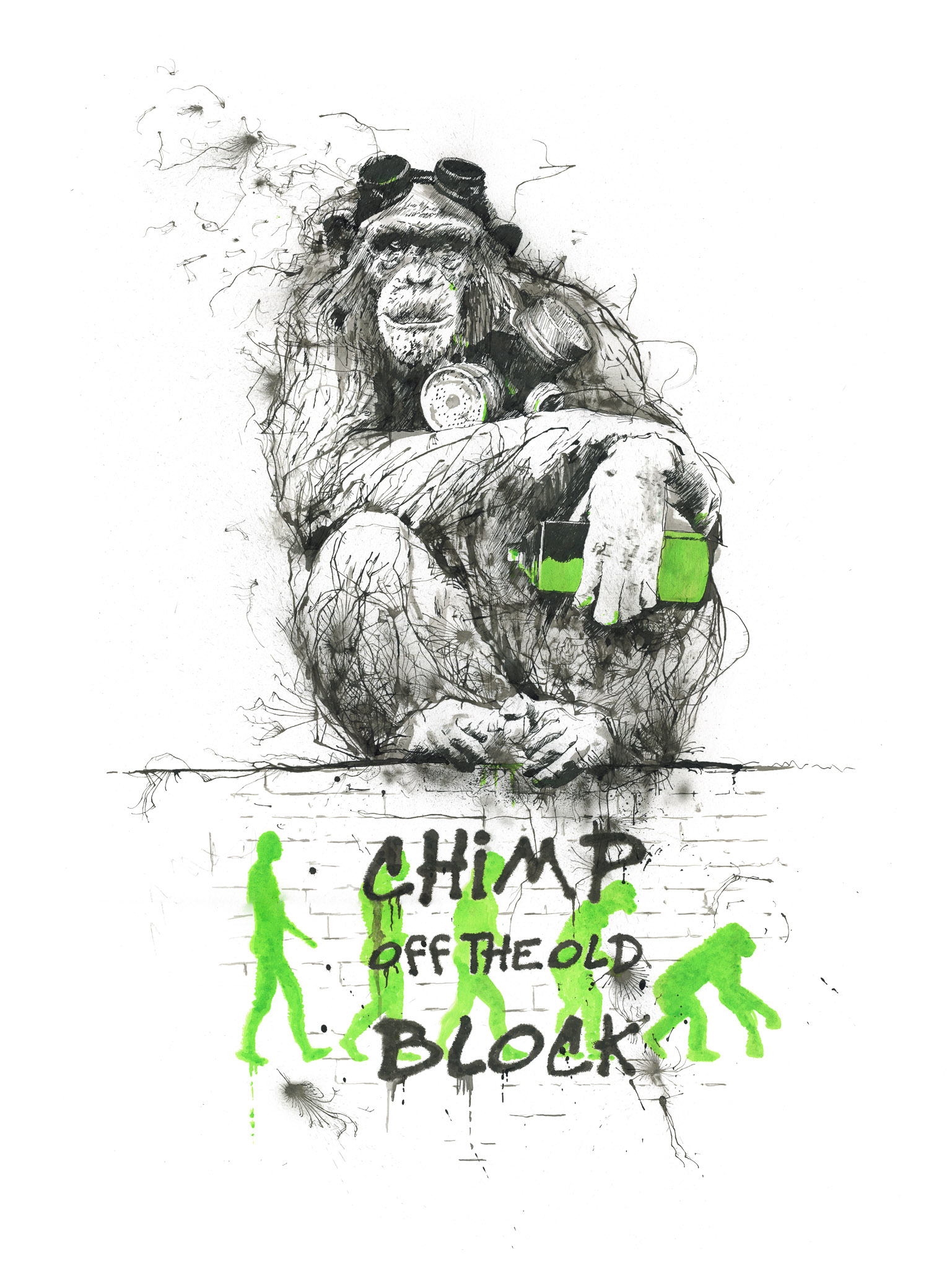
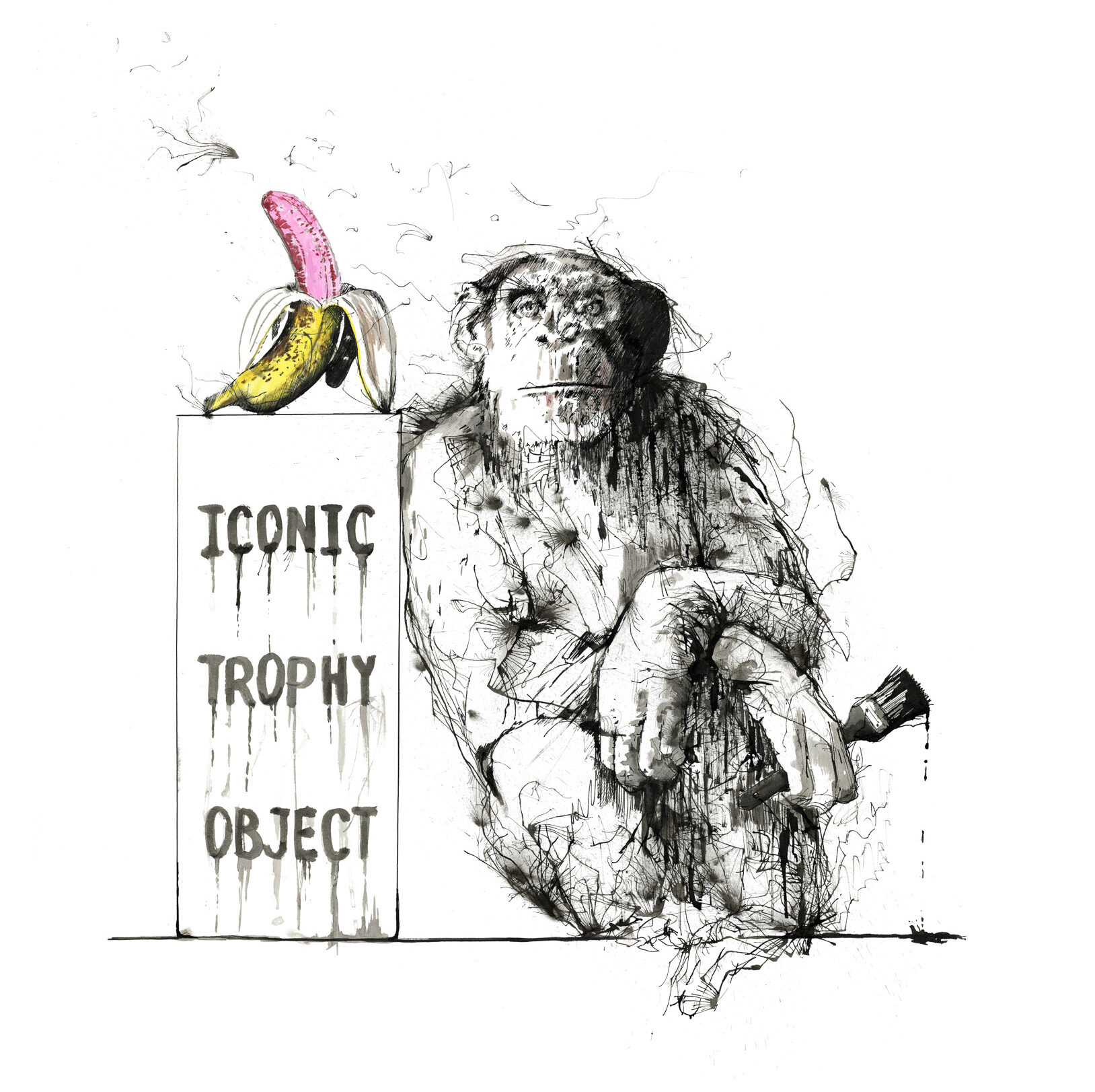
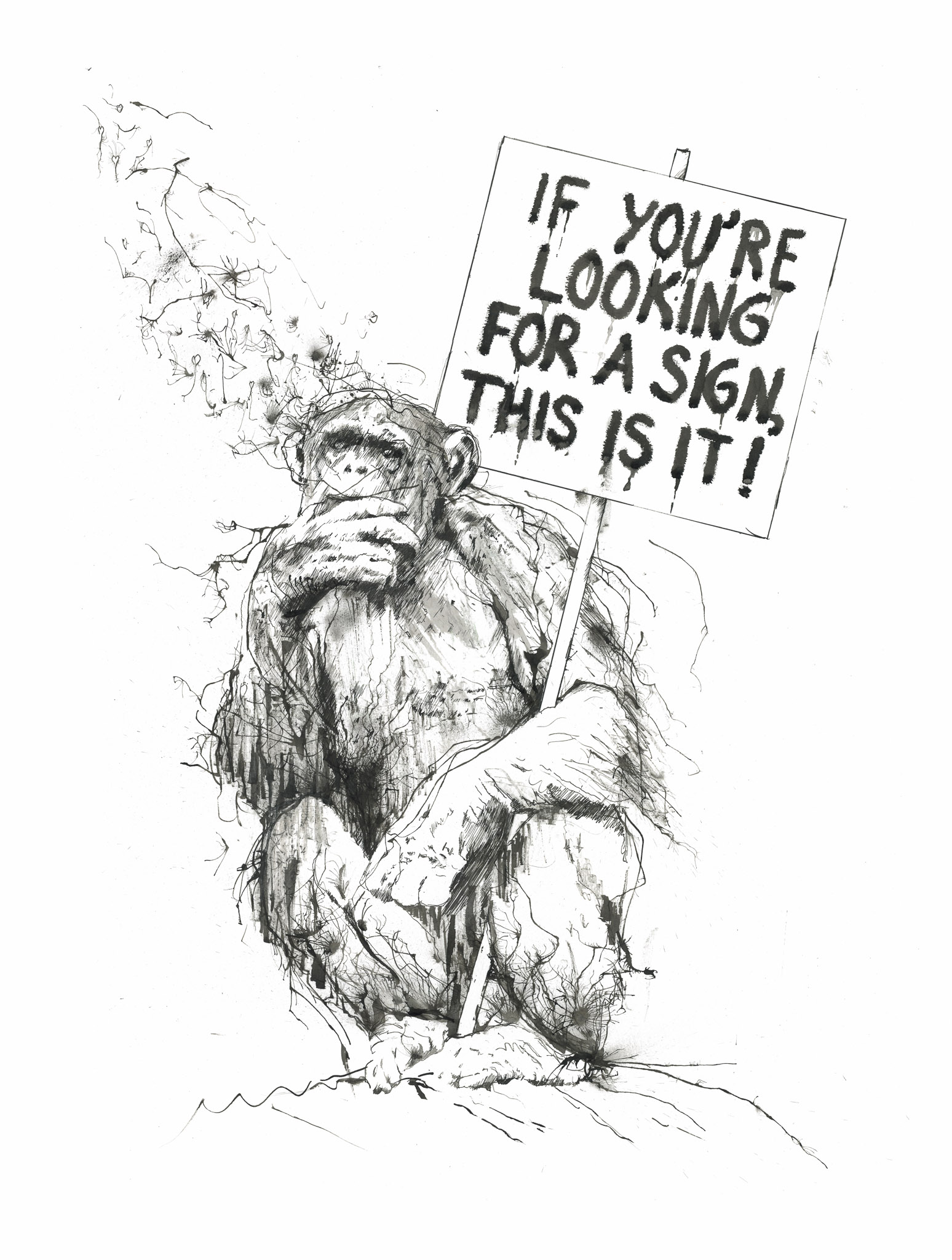
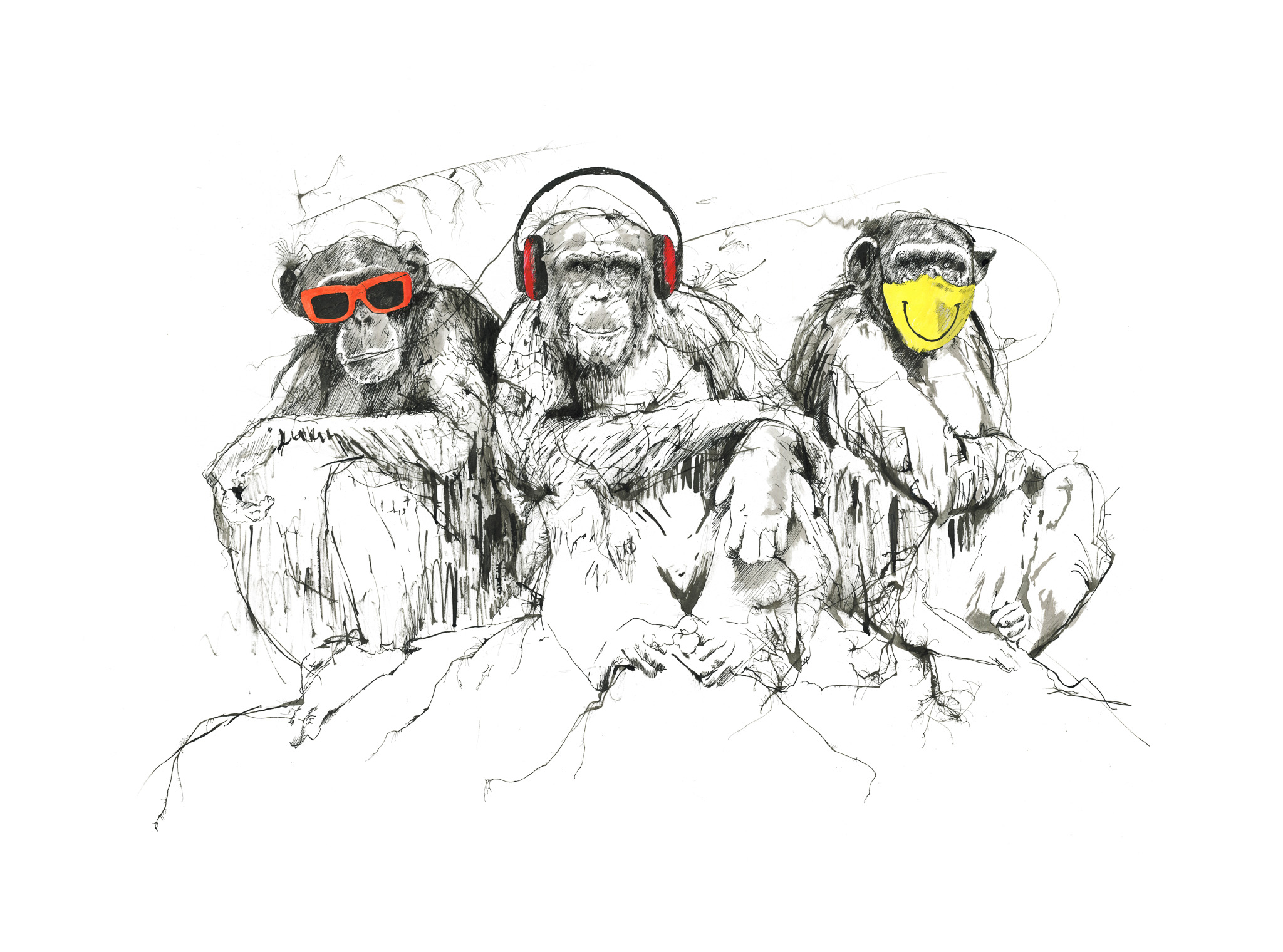
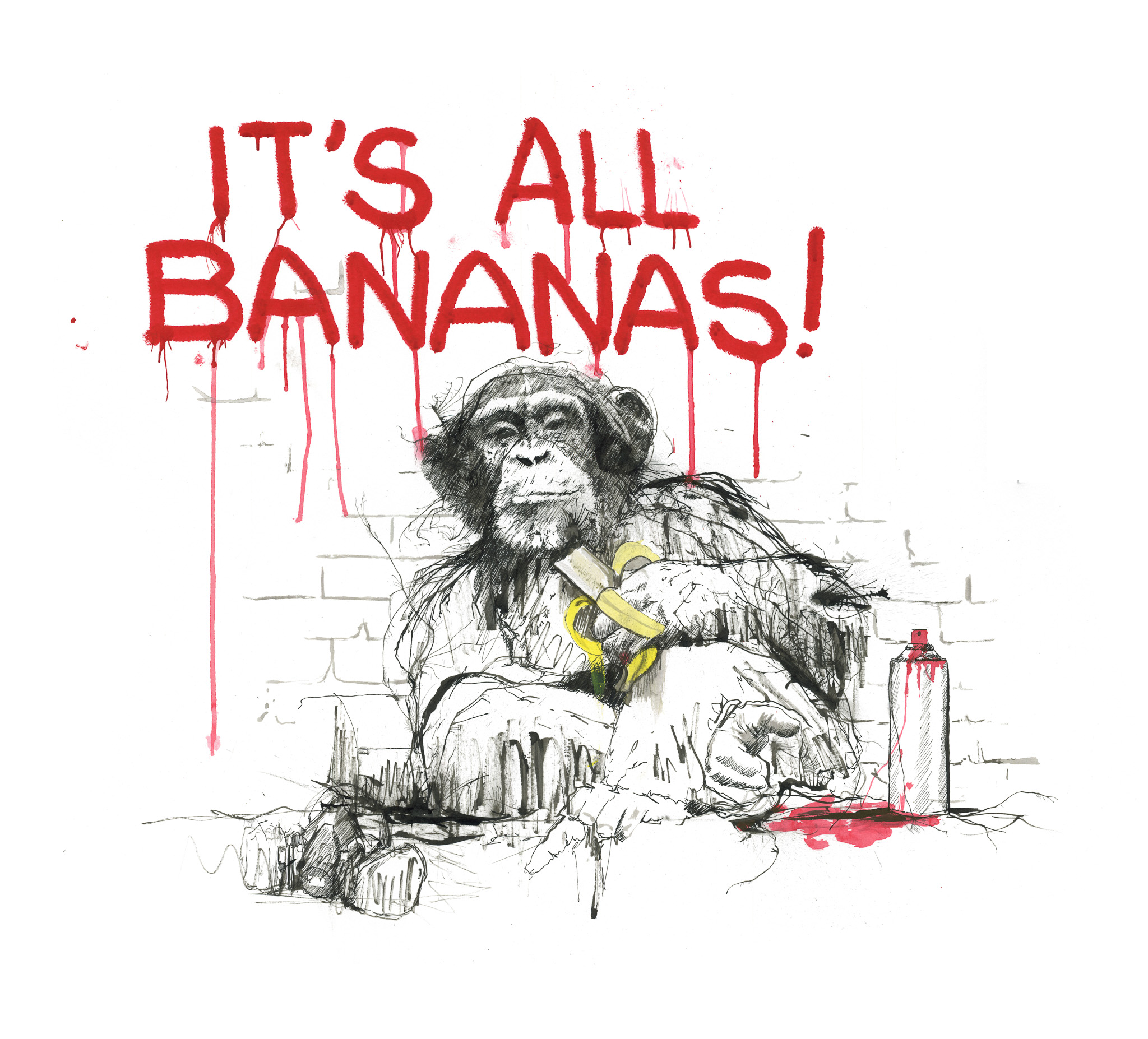
When his second child was one years old, Scott and his family moved to the Italian town of Verona teaching at the International school. It was during those two years, surrounded by the magnificent influences of this Italian City, ironically living above an art shop. This synergy started a catalogue of events, his wife persuading Scott to venture into the store, the reluctant artist, eventually, taking her advice, and picking up the sketchpad. Initially alone, he would find himself a quiet place and it wasn’t long before all that restrained creativity came flowing out as he started sketching the architecture. When the family returned to Rochdale, he built his own studio in the garden of their home, this included a separate building as an office and store room for his artworks. Whether a whole new style of work developed one would never really know, Scott tells me, as there is no record of his previous works. Although as we are talking about one of his oil paintings, Scott describes when he had completed the portrait, taking the painting out of the studio, whilst his wife and mother looked on, and with that his mother had said, “He is back”.
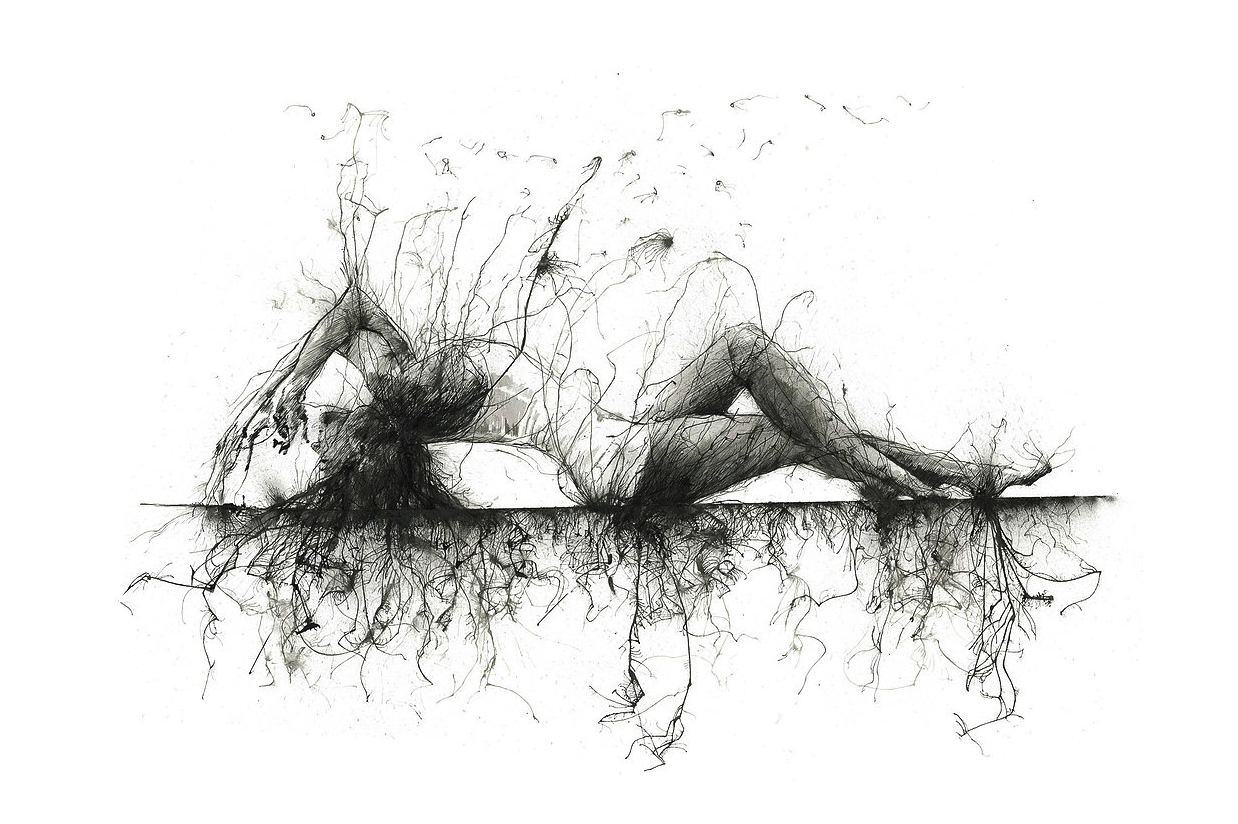
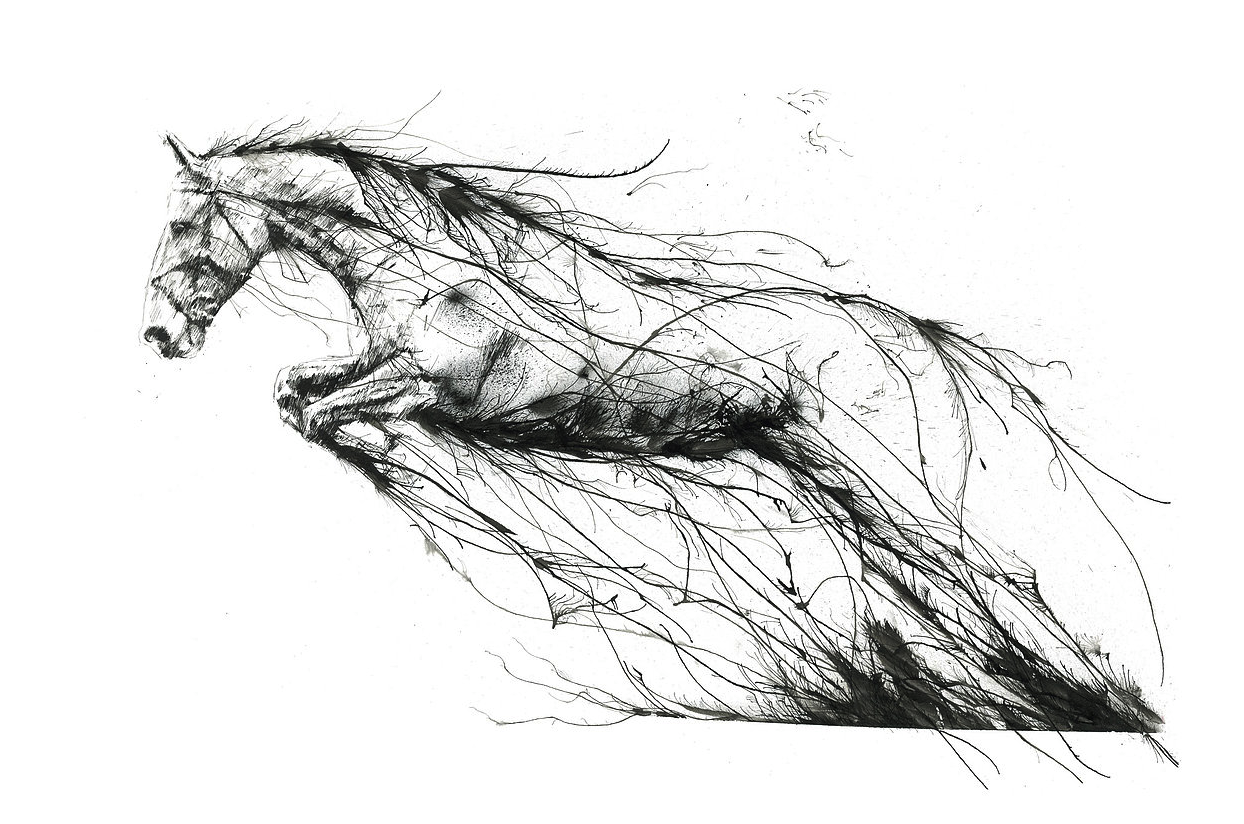
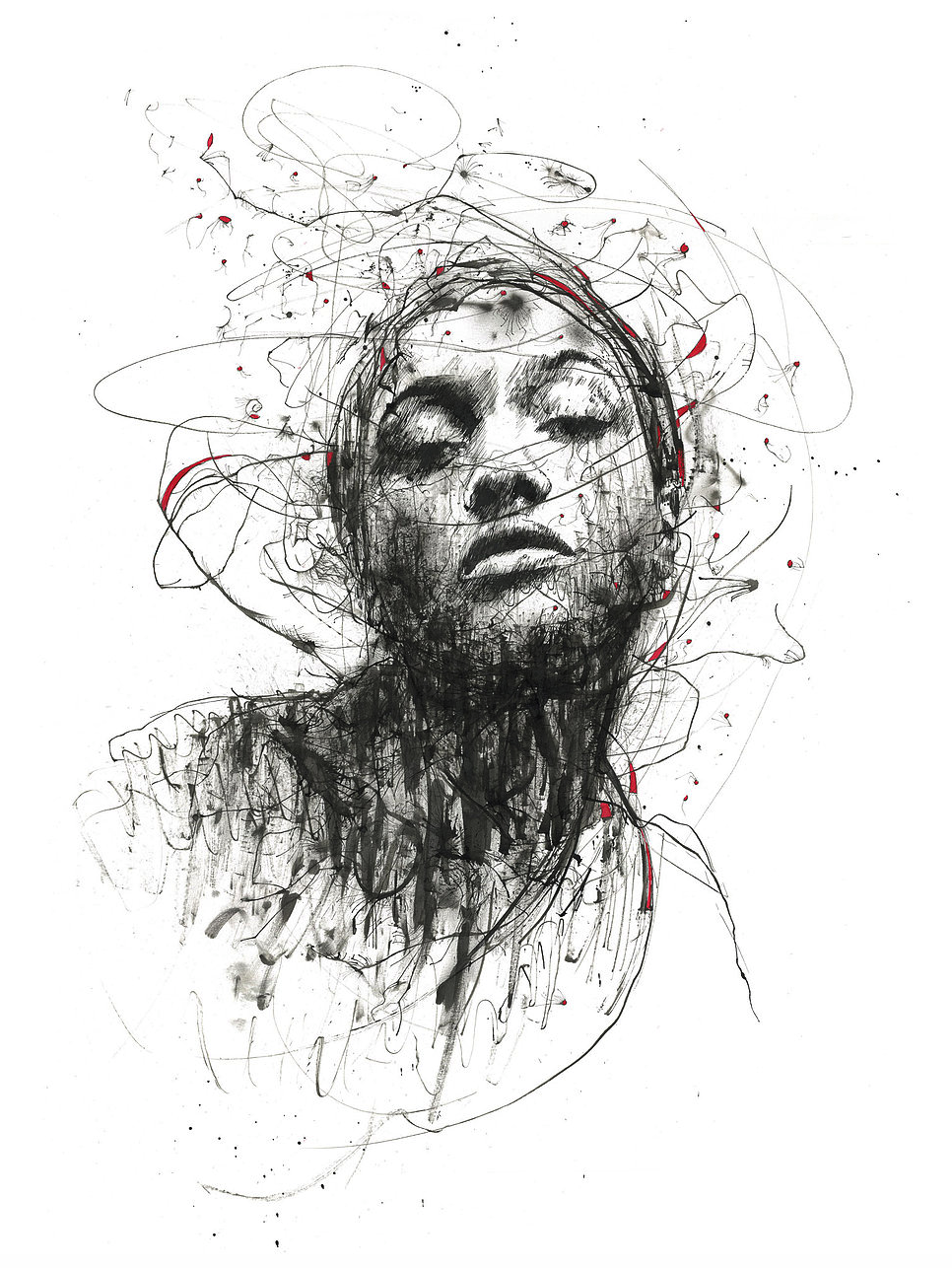
Now working as an established artist again for the last 10 years, his recent popular artworks with the chimps he created for his own entertainment Scott tells me, a trend developed, as people asked for more of them. He describes how he is more comfortable with what he paints, that he paints for himself mostly, and does what he wants to do. He has plenty of commissioned work, however sometimes People have expectations, he explains, describing when someone is commissioning an artwork, one has to appreciate the artist’s unique style. He references Frank Auerbach and how he tries to capture the raw truth of the person in portraits often repainting, scraping and layering. This interested Scott and what he tries to do interpreting the character as he sees it. When he has artist’s block, turning it into a positive, describing it as like when a passenger comes and goes, and he starts experimenting, feeding the oil painting and finding more accidents to discover the truth in the person he paints.
Interview: Antoinette Haselhorst
Chimp series published by Buckingham Fine Art
